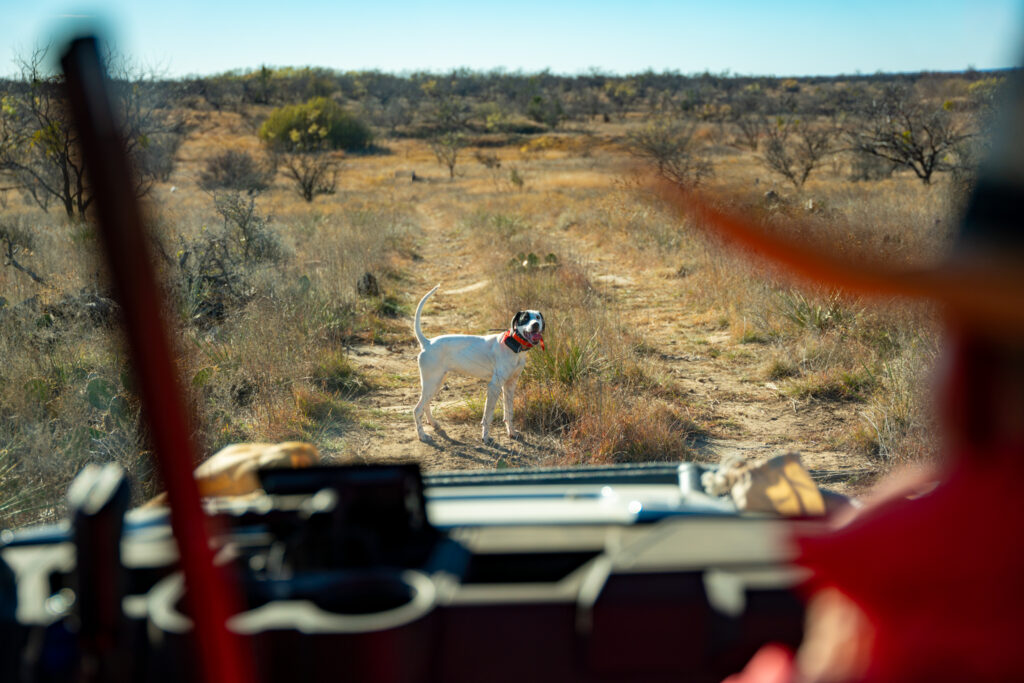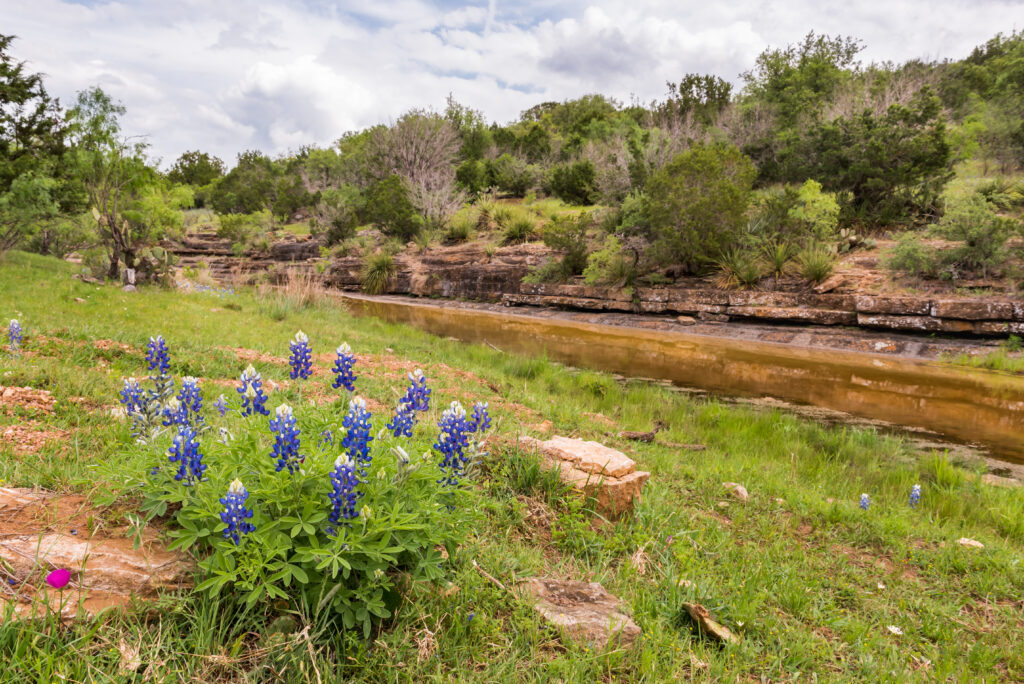Texas is renowned for its vast and diverse landscapes, from rolling prairies to expansive ranches. These lands not only offer scenic beauty but also provide a habitat for a rich array of wildlife. However, rapid development and urbanization have put immense pressure on these natural habitats, endangering the delicate balance between human needs and the conservation of wildlife. In response to these challenges, Texas ranchers are increasingly turning to conservation easements as a vital tool for protecting their land and its wildlife for future generations.
Understanding Conservation Easements: Conservation easements are voluntary legal agreements between landowners and conservation organizations or government agencies that limit specific activities on the land to protect its conservation values. In the case of Texas ranches, conservation easements focus on preserving the natural habitats, diverse ecosystems, and the wildlife that depend on them.
Testimonials on Why Landowners Use Conservation Easements

Benefits of Conservation Easements:
- Wildlife Habitat Preservation: Conservation easements play a crucial role in safeguarding wildlife habitat by ensuring the preservation of critical ecosystems within ranches. These protected areas provide a refuge for native plants, animals, and migratory species, supporting biodiversity and maintaining ecological balance.
- Sustainable Land Management: Conservation easements encourage responsible land management practices. They provide guidelines for ranchers to maintain healthy grazing practices, manage water resources sustainably, and minimize the use of harmful chemicals. By adhering to these practices, landowners can protect water quality, maintain soil health, and create suitable conditions for wildlife to thrive.
- Protecting Endangered Species: Texas is home to numerous endangered and threatened species, such as the black-capped vireo, the golden-cheeked warbler, and the Attwater’s prairie chicken. Conservation easements help protect these species by preserving their habitats and ensuring they have the necessary resources for survival.
- Landscape Connectivity: Conservation easements contribute to the establishment of corridors that connect fragmented habitats, allowing wildlife to move freely between different areas. These connectivity networks enhance genetic diversity, facilitate migration, and support the long-term survival of species.
- Educational and Recreational Opportunities: Many conservation easements include provisions for educational and recreational activities that promote public access and appreciation of wildlife and natural resources. These opportunities enable Texans and visitors to engage in outdoor activities such as birdwatching, hiking, and wildlife photography while fostering a deeper understanding of the importance of conservation.
Challenges and Considerations
While conservation easements offer significant benefits, there are challenges to their implementation. Some landowners may have concerns about the restrictions imposed by the easements or the financial implications of dedicating their land to conservation. However, conservation organizations and government agencies often provide financial incentives, tax benefits, and technical assistance to help alleviate these concerns.

Collaboration and Success Stories
The success of conservation easements in Texas relies on collaboration between landowners, conservation organizations, and government agencies. The Texas Land Trust Council, in partnership with various entities, supports landowners in establishing conservation easements, providing expertise and resources to navigate the process effectively.
Numerous success stories highlight the positive impact of conservation easements in Texas. Ranches like the Dixon Water Foundation’s Leo Ranch and the W.H. Vansickle Foundation’s Bamberger Ranch have implemented conservation easements to preserve habitats and protect wildlife. These efforts have not only conserved native species but also demonstrated the compatibility of ranching and wildlife conservation.
Conservation easements have emerged as a powerful tool for preserving Texas ranch wildlife and protecting the state’s natural heritage. By voluntarily entering into these agreements, landowners contribute to the long-term conservation of critical habitats, safeguard endangered species, and promote sustainable land management practices. The collaboration between landowners, conservation organizations, and government agencies continues to foster a shared vision of a future where ranches coexist harmoniously with thriving wildlife populations.



